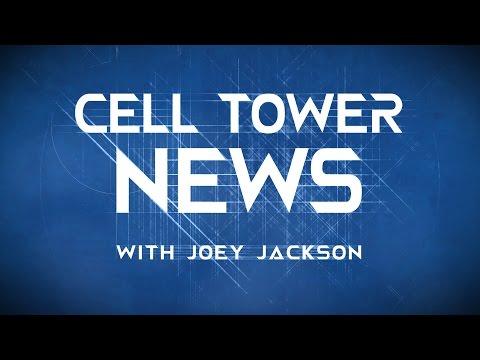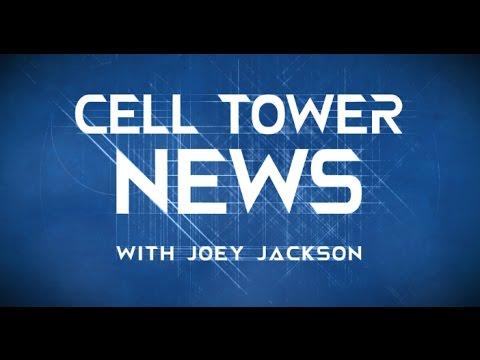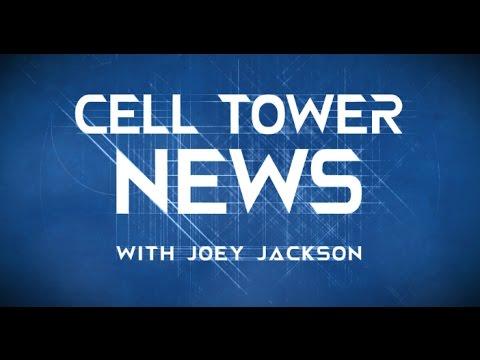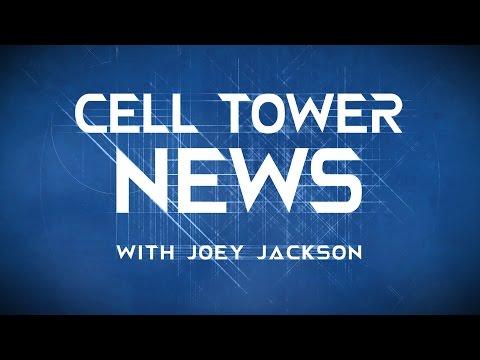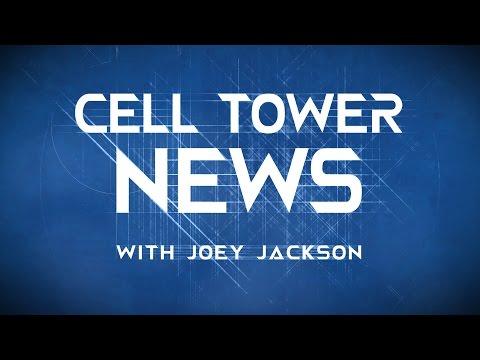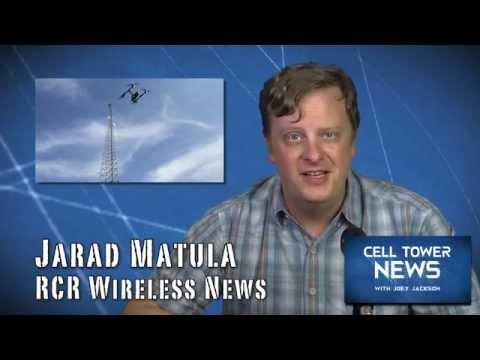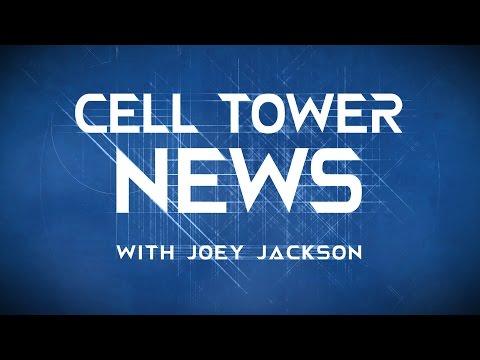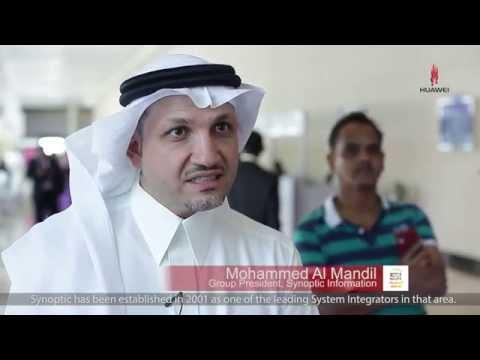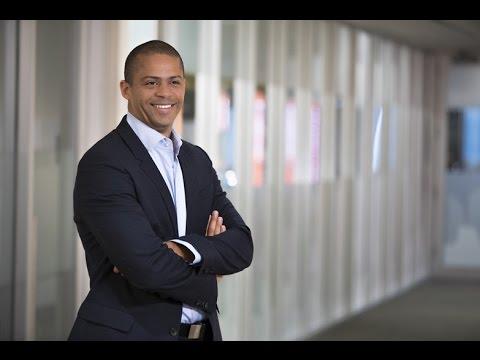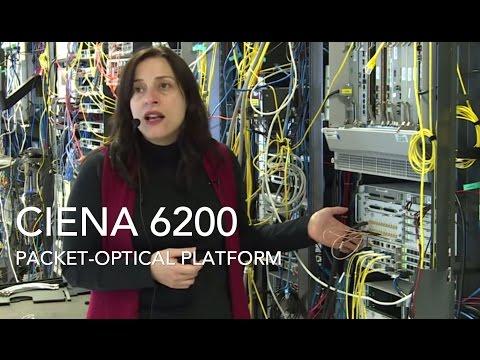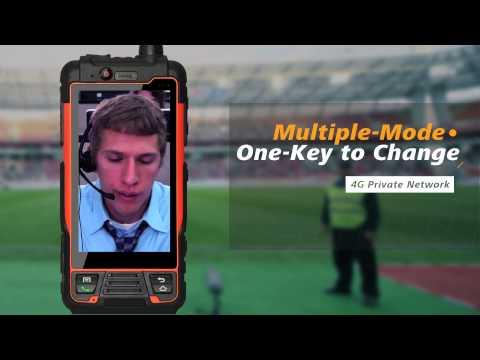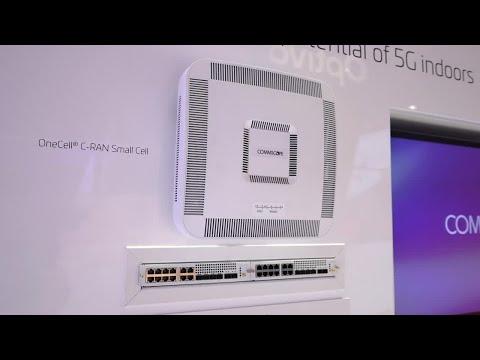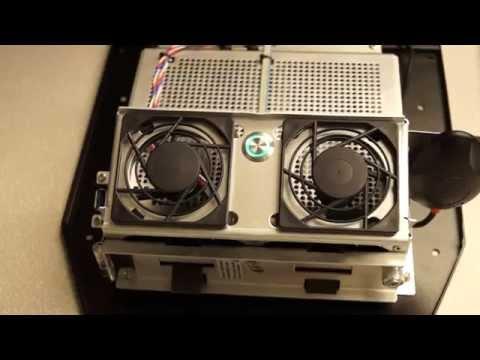The Tower Toolkit - Cell Tower News Episode 6
Description
On this episode of Cell Tower News, host Joey Jackson discusses the tower toolkit with Verizon Wireless PMTS maintenance engineer, Dennis McColl. We talk hotel base stations, DAS and small cell networks, VoLTE, as well as how Dennis helped put murderers behind bars.
We began the conversation discussing small cells place in the toolkit. McColl doesn’t think they are the magic bullet many thought they would be a few years ago.
“We started first hearing about small cells a couple years ago and the idea was that we were going to be deploying these very rapidly,” he said. “But we soon saw that, we just weren’t seeing the numbers that we thought we were going to see. I think that the root cause of this delay has been the sticker shock of the cost for deployment.”
He believes small cells are just a small part of the overall answer. “The idea is that we have a macrocell or a microsystem deployed to cover a large area, but you have these gaps where there are maybe a lot of customers at cell edge that are operating at very low modulation code schemes, which is a burden for capacity,” McColl explained. “The idea is of course you drop these in.,,but now backhaul solutions are getting better. We’re developing these alternative methods for deployment that are really catching on and that is driving the development of the heterogeneous network…The small cell is just one of those ideas int he heterogeneous network solution and it will be a part of the toolbox.
Next McColl explained where he sees base station hotels fitting into the toolkit.
“So the need is to provide coverage, it could be high power coverage,” he said of the issues base station hotels could help address. “It could be low powered coverage, but we’re trying to minimize the footprint in that last point; the point where we transmit to the customer. In the case where we can put in a remote radio head, a small cell or you can even call it an O-DAS solution…and if that’s all that we have there then that lease space is advantageous. It’s easier to lease, maybe the people aren’t going to be as upset. It’s unobtrusive, it’s something that they can’t see so aesthetically and economically it’s a great solution, but you still need to make sure you have a base station feeding it.”
He admits that BBUs are still in the trial period and engineers are working hard to make them a viable option. He says developers need to fail as fast as possible in order to find issues and address them quickly. “There are BBU hotels that are out there and we’re learning rapidly and we’re trying to socialize the benefits that we’re seeing and trying to share the key learnings; the best practices,” he said.
The final piece of the toolkit McColl addressed was VoLTE and whether there will be an increased need for macro sites to accommodate dropped calls at the edge.
“When you look at the link budget for a VoLTE call there’s not a lot of data that’s transitioning,” McColl explained. “The latency is a requirement, you need to keep the latency down and keep the jitter down. You need to make sure that the handoffs are happening efficiently and when we talk about the cell edge performance, it’s the edge of the link budget, so things like fade margin and interference margin that are in the link budget start to become very critical…so to improve that link budget, there’s a few ways to do that. The best way to do it is to get the transmitter right next to the user…but that only works for one person. You could deploy a small cell, but there’s going to be a requirement for lease space. The community is going to have to accept it. You’re going to have to work that into your budget and it’s going to have to be a location that has a lot of people, but if this is a large area with a lot of people, and there’s not cell service, then the macro fits.”




